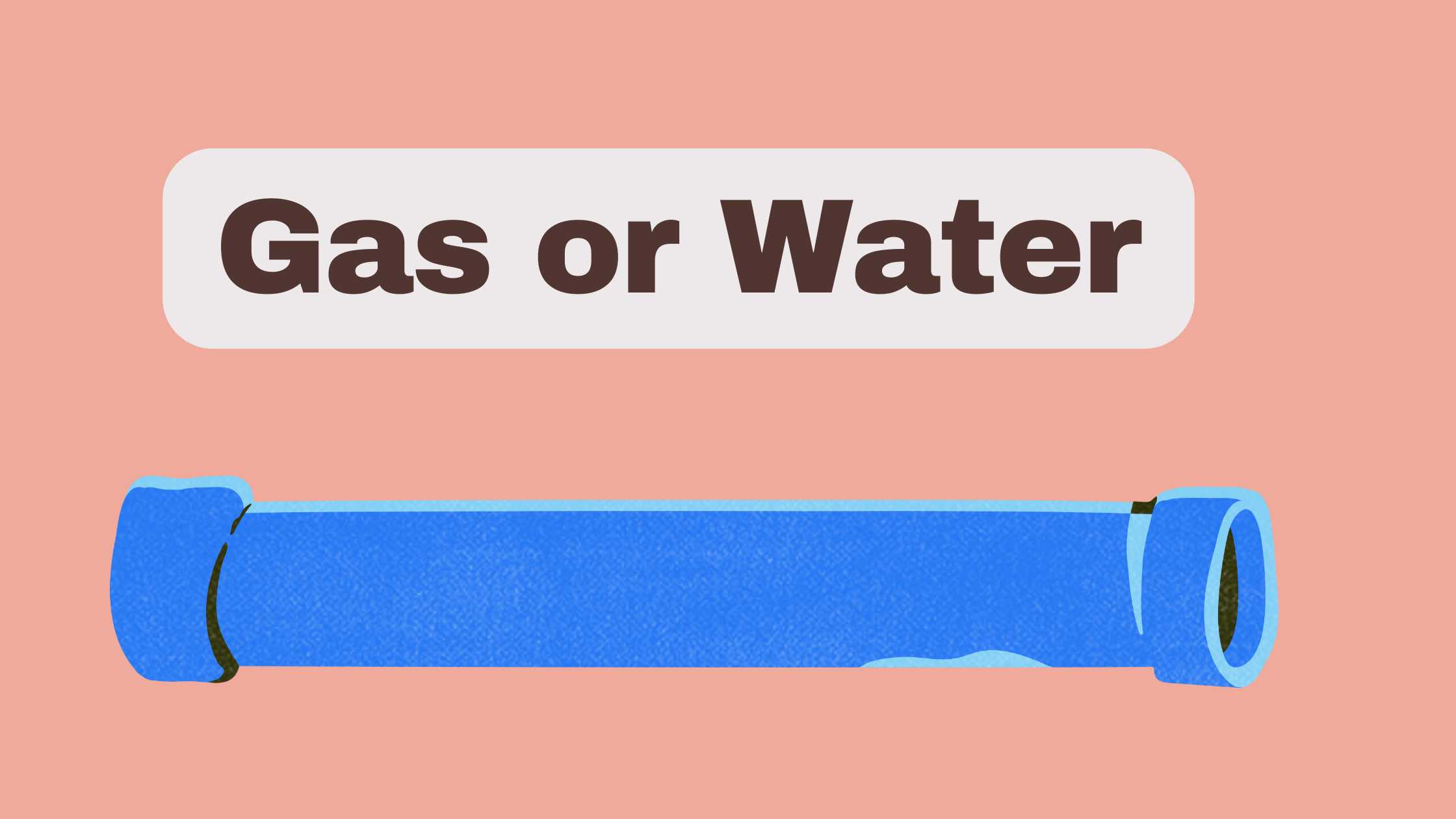
How Do You Tell If a Pipe is Gas or Water?
Gas leaks can be highly hazardous. They may result in explosions or lead to carbon monoxide poisoning and should constantly be monitored closely.
Before beginning work on gas lines, always turn them off to ensure your safety. If the house-side valve cannot be found, listen closely for sounds from within a pipe while someone turns on nearby taps slowly.
Safety should always be the top priority when handling gas lines, and for expert guidance on gas line services, check out more details here.
Pipe material
Numerous types of pipes are used in homes, commercial buildings, and other structures – some used for water and others for gas. People must understand the difference between these two types of piping to prevent leaks or any other problems from arising.
Steel pipes are commonly used to transport gas. Usually buried underground and connected directly to the gas meter, steel pipes may also connect appliances in your house to their gas supply lines. Steel can corrode over time; therefore, regular maintenance by professional staff must be undertaken for optimal functioning of this type of pipe.
PVC pipe is another popular choice for gas lines as it’s durable, corrosion resistant, easy to work with, and can be joined using compression fittings or soldered connections – perfect for high-temperature environments like gas lines.
Another cost-effective and safe gas line choice is CSST corrugated stainless steel tubing, which offers additional safety measures.
Pipe threads
Pipe threads are thread-like features designed to interconnect female fittings to form a secure, leakproof seal. It is commonly found in plumbing and gas work applications but is also found throughout various other applications where liquid or vapor needs to be transported through conduits.
Different pipe threads are available to accommodate various-sized pipes and fittings, including the National Pipe Taper, British Standard Pipe Parallel, and BSPT (British Standard Pipe Taper). Each has distinct characteristics, including the shape, angle, and pitch of its threads.
Installing pipe threads requires the appropriate torque to achieve a robust and durable seal. This means paying close attention to thread size and using suitable pipe tape or liquid/paste thread sealant to ensure proper sealing.
The direction of the threads can be integral in ensuring proper seals for pipe systems. For instance, gas pipes tend to have threads in opposite directions to water pipes because they transport flammable substances that must be tightened securely without leakage; similarly, other gasses like steam or hydraulic fluid transit these same systems.
Pipe color
Color coding standards simplify identifying whether a pipe contains gas or water. These industry standards typically consist of base colors, stripe colors, and letters/symbols for quick identification of any contents inside a pipe containing gas/water; additionally, they often come equipped with an arrow pointing in the direction of flow for optimal accuracy.
Pipes that transport gas tend to be painted black, indicating they contain flammable materials, while those transporting corrosive substances may be painted orange or yellow, respectively.
It’s essential to recognize the difference between gas and water piping at home to detect leaks in both quickly. A leak in gas piping usually creates an audible hissing sound as gasses escape, or occasionally, you might hear whistling noises where gas has entered through loose connections.
Homes built before 1960 may contain copper piping that needs replacing with something different. If this is the case, it would be wise to call in professional plumbers and heating companies for repairs on any gas line repairs necessary.
Pipe temperature
To accurately gauge the temperature of a pipe, it is necessary to understand all of the variables that affect its contents, such as vapor pressure, thermal conductivity, and other environmental influences.
Utilizing a stethoscope or thermometer to test pipeline temperatures can be an easy and quick way, not requiring too much equipment. However, its results often need to be more accurate, leading to valid conclusions regarding pipe temperatures.
Numerical simulation provides another effective means of determining pipe temperature. It has proven worth by accurately quantifying differences between measured temperatures on its outer surface and actual internal fluid temperatures.
Moreover, it requires taking into account several physical variables and parameters relating to the temperature of the fluid, pipe dimensions, velocity of external and internal flows of fluid flows, and velocity differentials between flows.
When testing pipes, it is essential to consider and use appropriate safety precautions. For instance, if the pipes are buried underground, it is advisable to mark their locations so they can be quickly found in case of emergency. In addition, regular checks of all gas lines (both above ground and underground) should also be performed, and any issues or potential issues should be rectified immediately.






